Calendula Winter Care – How To Keep Calendula Over Winter
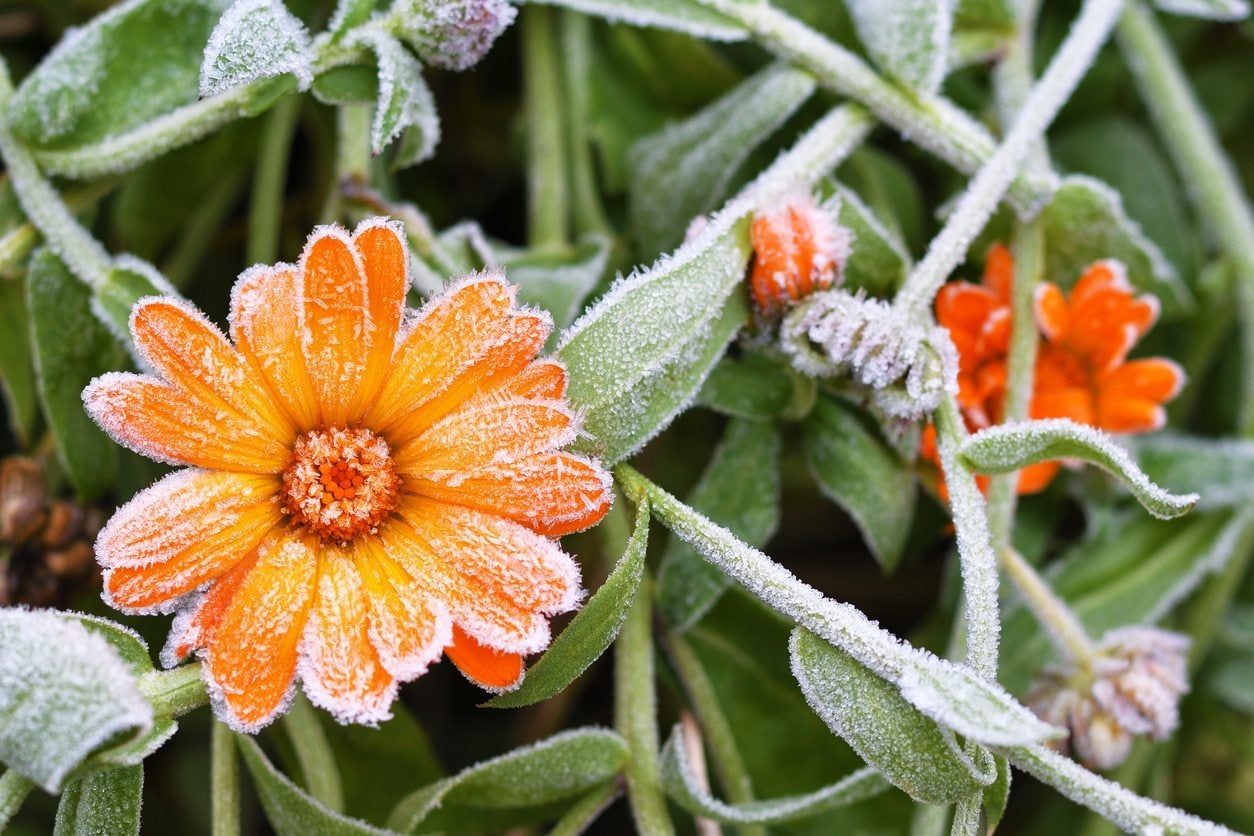

Calendula is a useful plant in any garden. It is often grown with vegetables because it benefits the soil, deters pests, and is an edible herb. As its common name “pot marigold” describes, calendula is also commonly grown in containers. Although some varieties are short-lived perennials in zones 8 to 10, most gardeners grow calendula as annuals. Calendula winter care isn’t necessary when they are grown as annuals, but this article will discuss what to do with calendulas in winter.
About Calendula Winter Care
Calendula is a versatile garden plant. It can be grown in containers or directly in the garden as an ornamental plant, a bright border, a pest deterring companion plant, or a medical herb and can even be grown as a soil amending cover crop. Calendula flowers are edible, and the flowers have been cultivated for hundreds of years to use in dying foods, such as cheeses. The flowers are also used to garnish soups, stews, and salads. Calendula has natural anti-inflammatory, anti-viral, and anti-bacterial properties. It is used herbally to treat skin conditions and wounds and made into immune boosting teas. Cosmetically, calendula is used to soften and moisturize skin and hair. For many of us in cooler climates, winter can provide us with time to make soaps, salves, and herbal infused oils from dried plants we harvested throughout the summer. Since calendula are grown so easily from seed, most gardeners do not find it necessary to keep calendula over winter. It only takes about 10 to 14 days for calendula seeds to germinate, and plants are usually harvestable in 55 days.
How to Keep Calendula Over Winter
In warm climates, calendula can be seeded in succession and grown nearly year-round, but in northern climates, calendula cold tolerance is limited. In fact, these frost intolerant plants would need to be grown indoors in the home or a heated greenhouse through winter. When overwintered indoors, calendula will need bright light and steady temperatures between 70 and 75 degrees F. (21-24 C.). In warm climates, specifically zones 9 and 10, calendula can be grown almost year-round. Calendula plants are not frost tolerant, but they do prefer cooler temperatures. In the south, calendulas may bloom from late winter into spring then die back during the extreme heat of summer. In warm climates, most calendula are still treated like annuals because of their intolerance of the summer heat. Calendula plants are seeded in autumn for late winter blooms or as a winter cover crop. Seeds can be sown again in spring for an extended bloom time. Even in cool climates, calendula plants grow so readily from seed that they can be planted in succession to extend the enjoyment and bounty of these blooms. In cool climates, calendula seeds should be started indoors six to eight weeks before the last expected frost. These early spring blooms will benefit pollinators and are great companions for fruit trees and early vegetable crops. Calendula seeds sown directly in the garden in mid to late summer will provide autumn blooms. A general rule of thumb is to plant calendula as you would plant cool loving crops such as spinach.
Gardening tips, videos, info and more delivered right to your inbox!
Sign up for the Gardening Know How newsletter today and receive a free copy of our e-book "How to Grow Delicious Tomatoes".
-
 8 Noteworthy Native Azaleas Every Gardener Should Know – And Grow!
8 Noteworthy Native Azaleas Every Gardener Should Know – And Grow!Native azaleas offer brilliant blooms in a range of colors and sizes. Here are a few favorites to get inspired and start working on a native shade garden!
-
 Growing Climbing Roses: How To Create Elegant Displays With Maximum Blooms
Growing Climbing Roses: How To Create Elegant Displays With Maximum BloomsMaster the art of growing stunning climbing roses with this essential guide to creating vibrant, fragrant walls and structures all summer long.
-
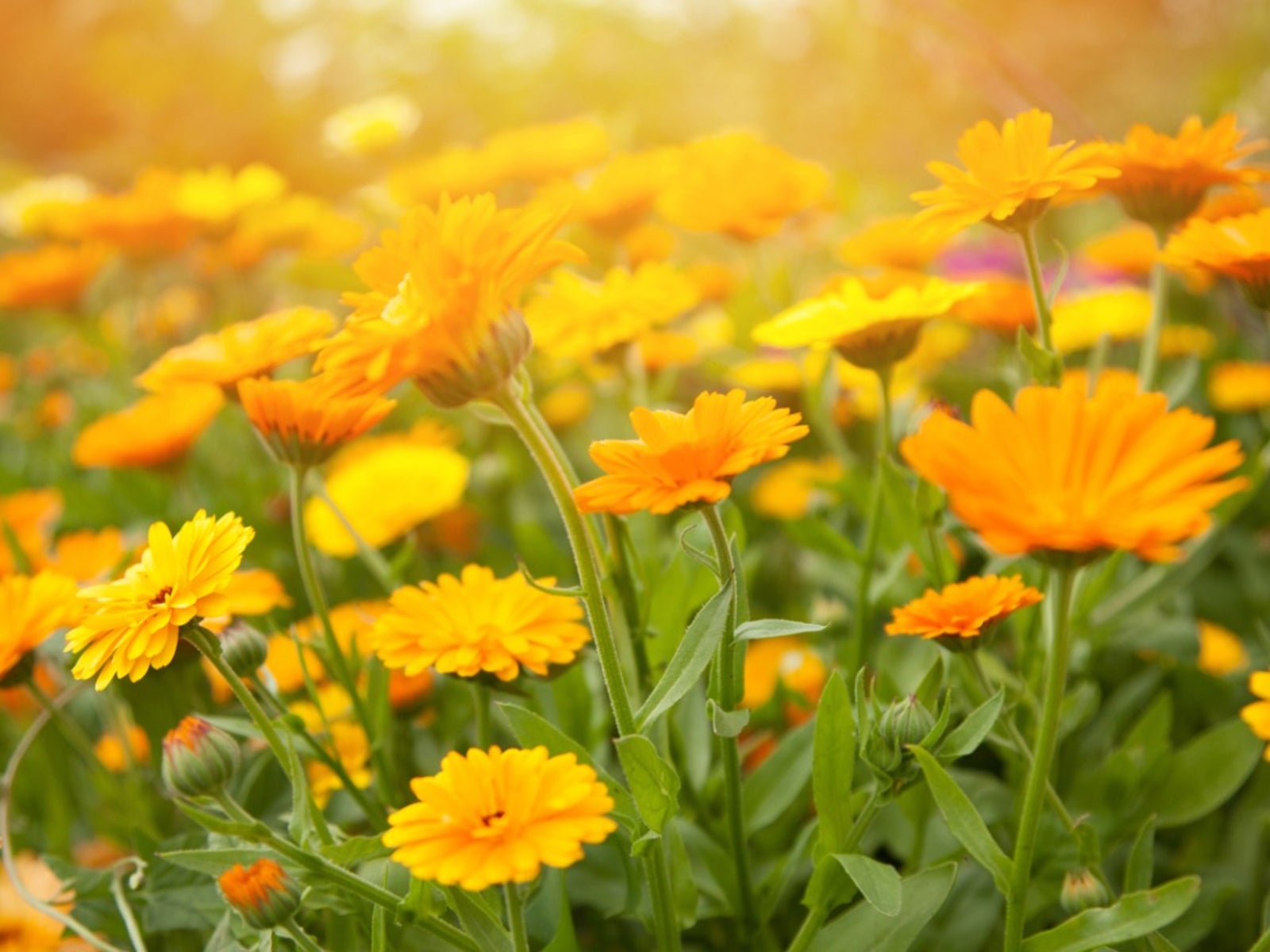 Common Diseases Of Calendula – How To Treat Sick Calendula Plants
Common Diseases Of Calendula – How To Treat Sick Calendula PlantsUseful to treat a variety of medical ailments calendula may be, but that doesn’t mean calendula doesn’t get its own share of plant diseases. Click this article to learn about diseases of calendula and managing diseased calendula plants.
-
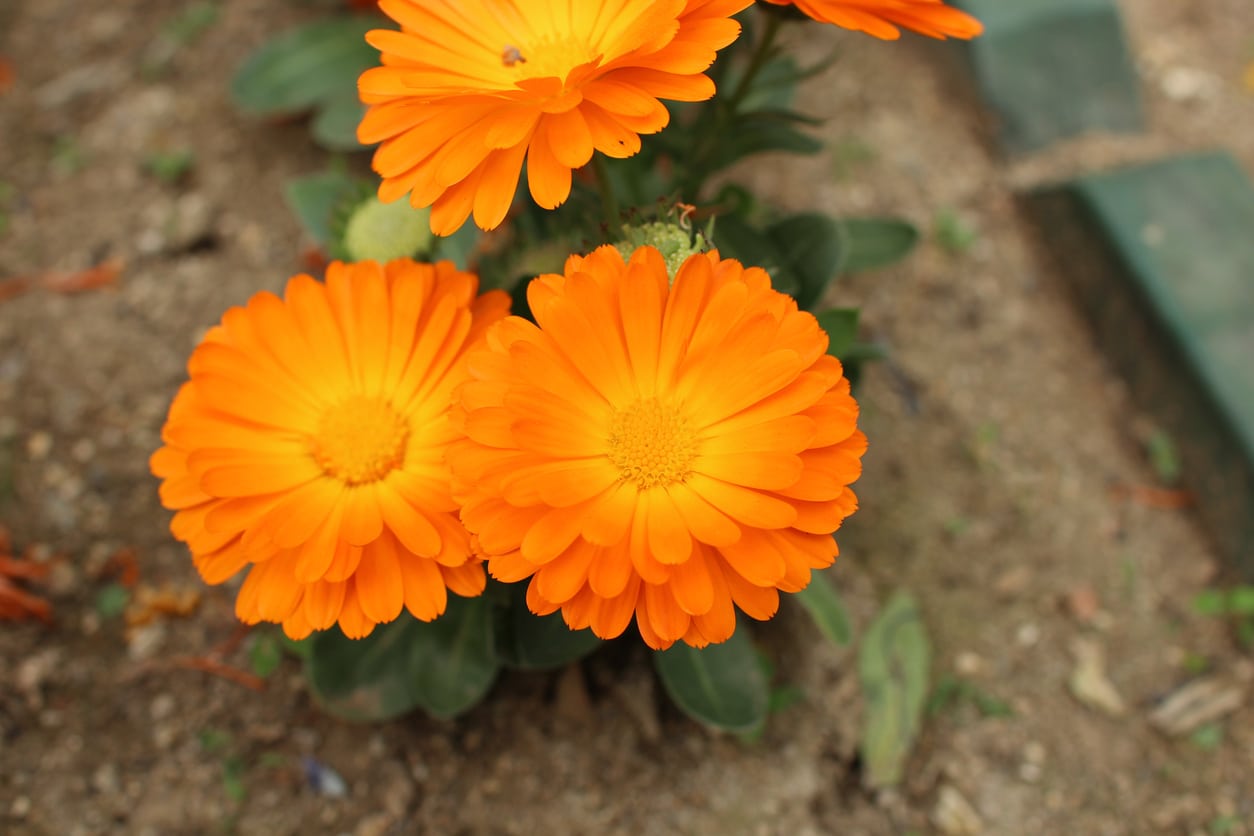 Common Calendula Problems – Learn About Calendula Pests And Diseases
Common Calendula Problems – Learn About Calendula Pests And DiseasesThere are 15 species in the calendula genus, each easy to grow and fairly problem free. That said, even low maintenance calendula has problems and does have its share of pests and diseases. The following article contains information to help with this.
-
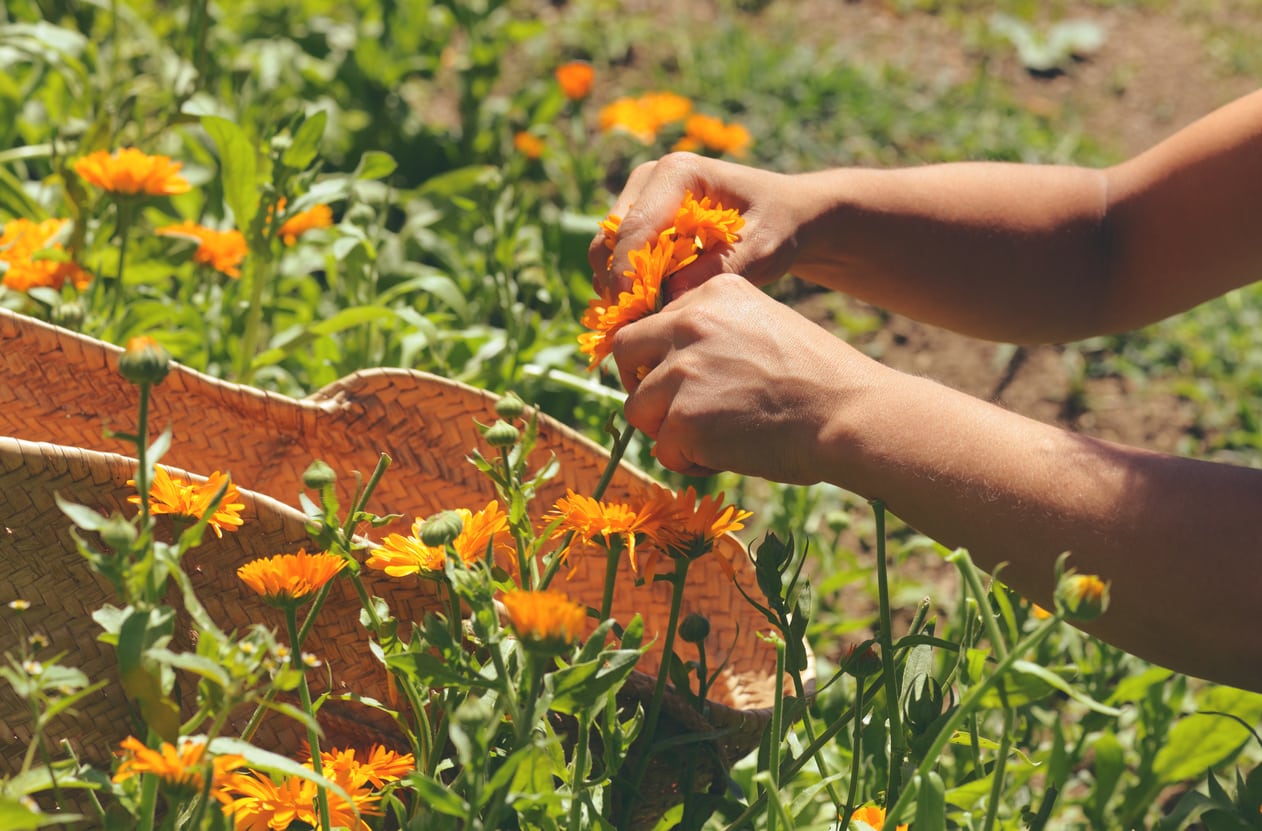 Guide To Calendula Deadheading – Removing Spent Calendula Flowers
Guide To Calendula Deadheading – Removing Spent Calendula FlowersWhile calendula deadheading isn't necessary, the process can improve the appearance of plants and make way for new buds to receive the sun's kiss. Some tips on how to deadhead a calendula will have your plant in season-long production. Learn more here.
-
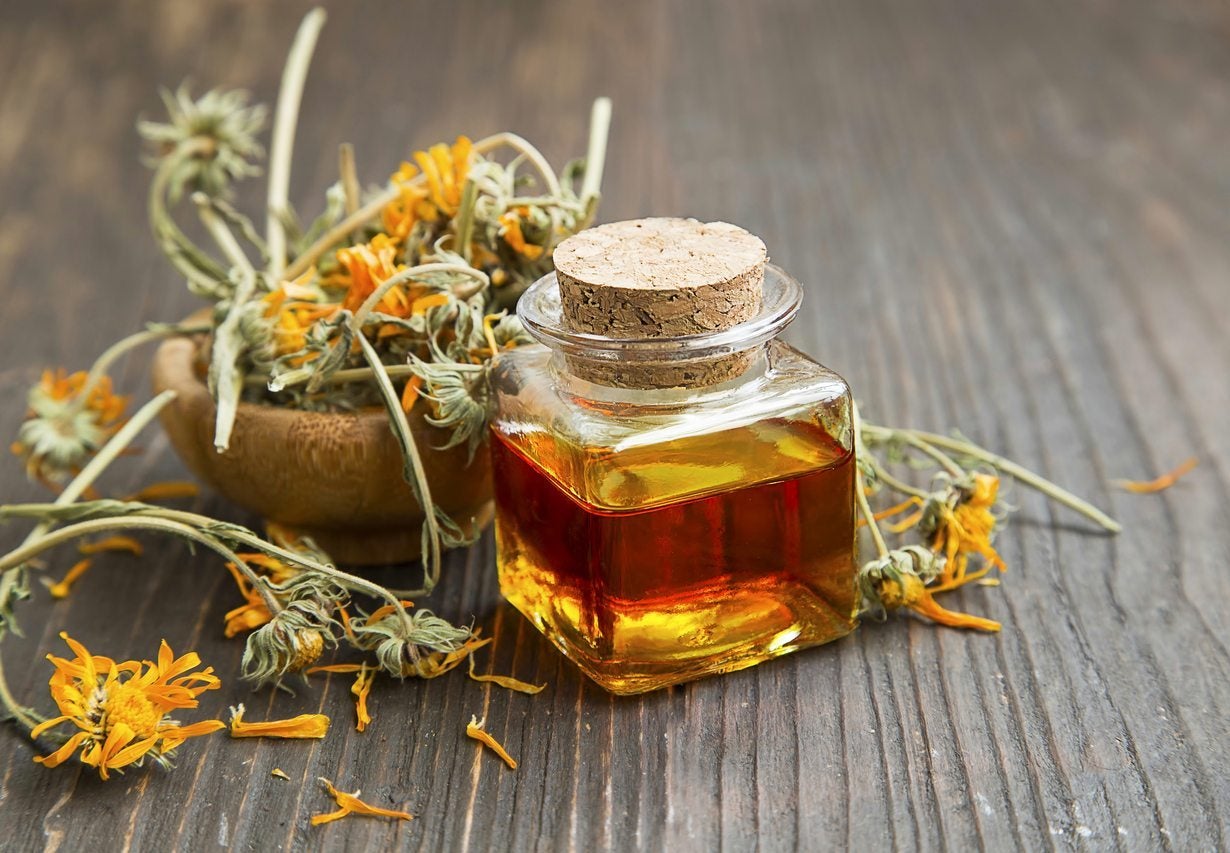 Calendula Oil Uses: Learn How To Make Calendula Oil
Calendula Oil Uses: Learn How To Make Calendula OilCalendula is certainly an important herb to have on hand. One of the simplest ways to take advantage of calendula's healing properties is by making calendula oil. Click on this article to learn how to make calendula oil for health and beauty.
-
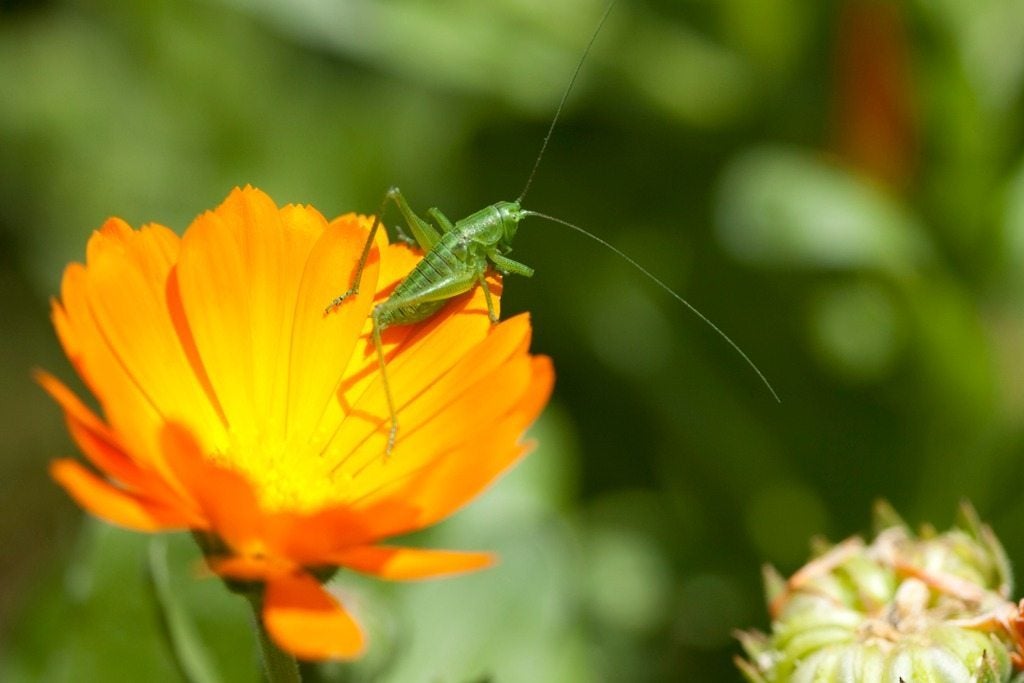 Bugs That Eat Calendula – Does Calendula Attract Pests To The Garden
Bugs That Eat Calendula – Does Calendula Attract Pests To The GardenWhile calendula grows like crazy with little effort on your part, the plants attract a number of good bugs, and are also susceptible to attack by certain harmful calendula pests. Click this article to learn more about the good, the bad and the ugly.
-
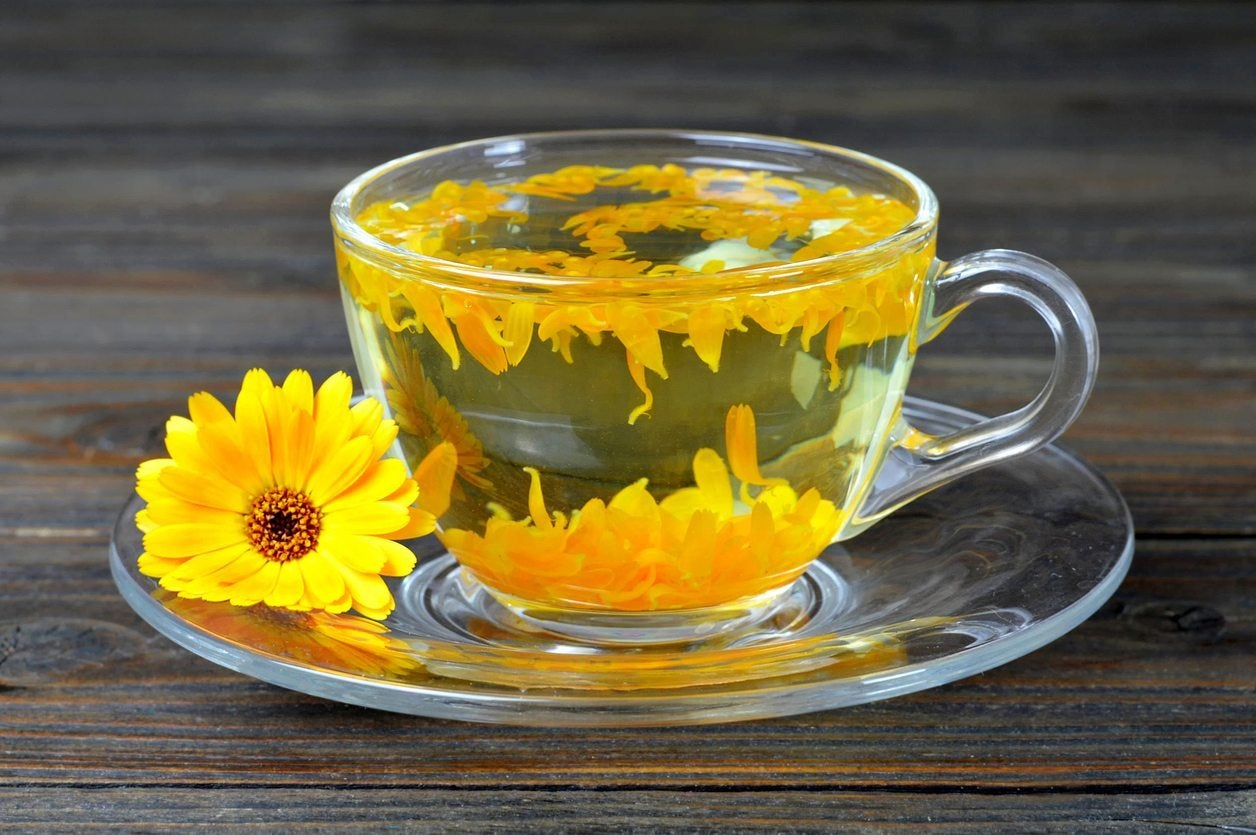 How To Make Calendula Tea – Growing And Harvesting Calendula For Tea
How To Make Calendula Tea – Growing And Harvesting Calendula For TeaA calendula flower is so much more than just a pretty face. Once you learn about calendula tea benefits, you'll have even more reasons to love this plant. If you are considering growing calendula for tea, then the following article will help.
-
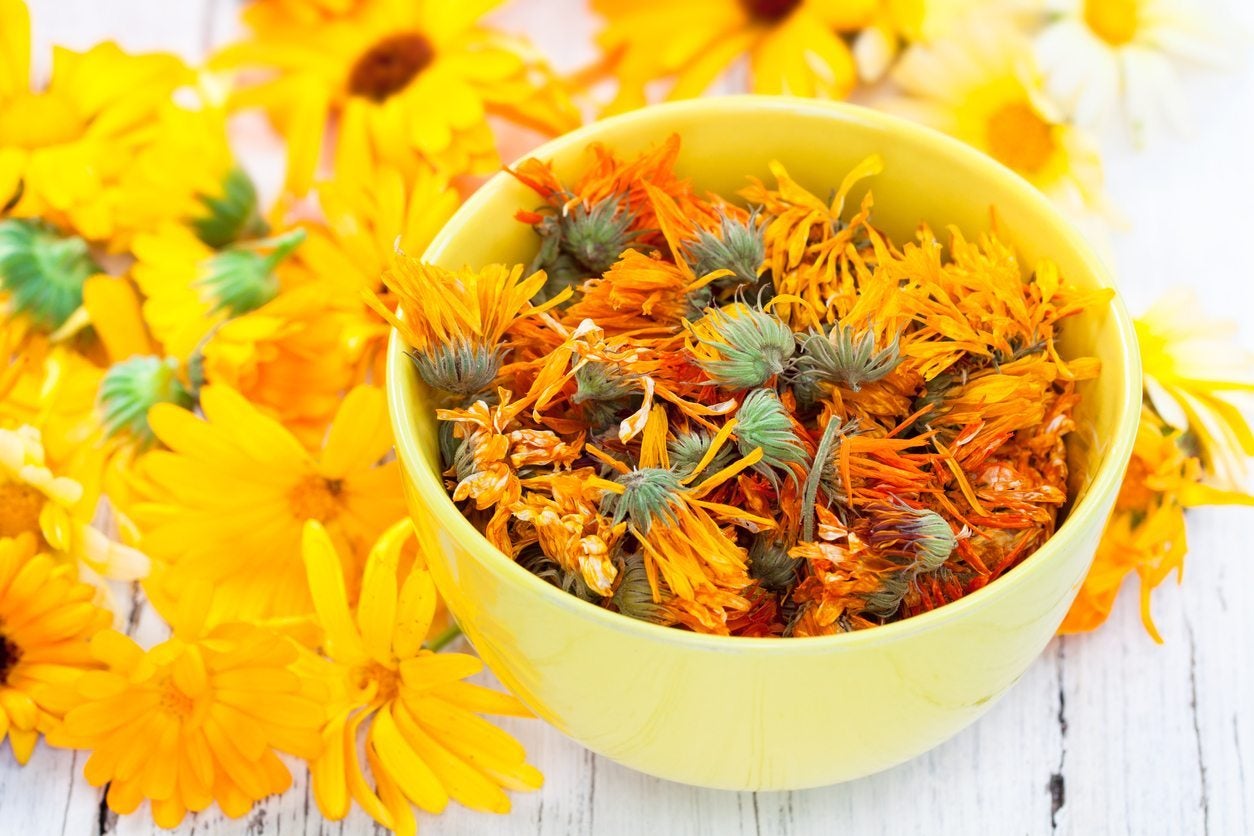 Common Calendula Uses: What To Do With Calendula Flowers
Common Calendula Uses: What To Do With Calendula FlowersNative to the Mediterranean, calendula is a plant that has been used medicinally for centuries. It's a pretty plant to grow in the garden, but there are also a lot of calendula uses that you could try. Learn more about what to do with calendula plants in this article.
-
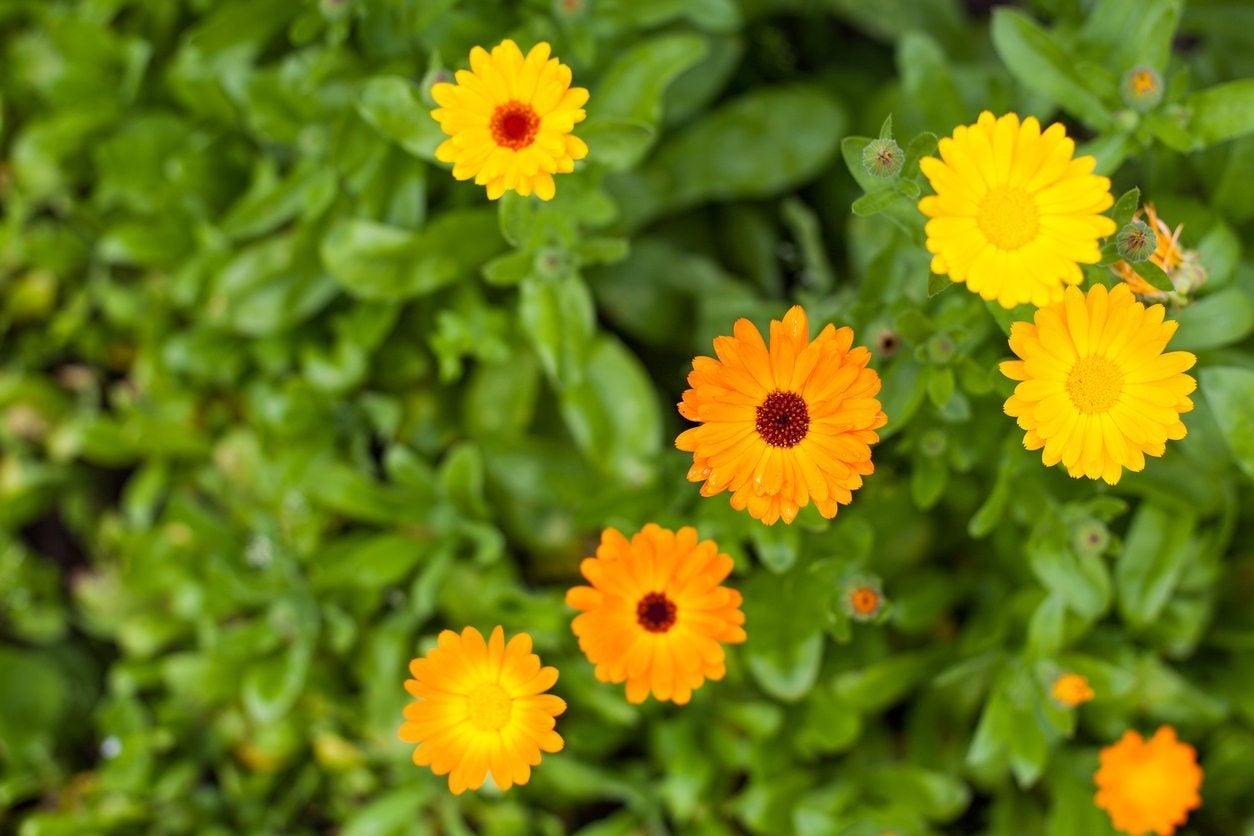 Types Of Calendula Flowers – Learn About Popular Calendula Cultivars And Species
Types Of Calendula Flowers – Learn About Popular Calendula Cultivars And SpeciesCalendulas are a cinch to grow and the bright colors add pizzazz to the garden from late spring to early fall. The hardest part of growing this prolific annual is choosing from more than 100 different types of calendula. Learn more in this article.